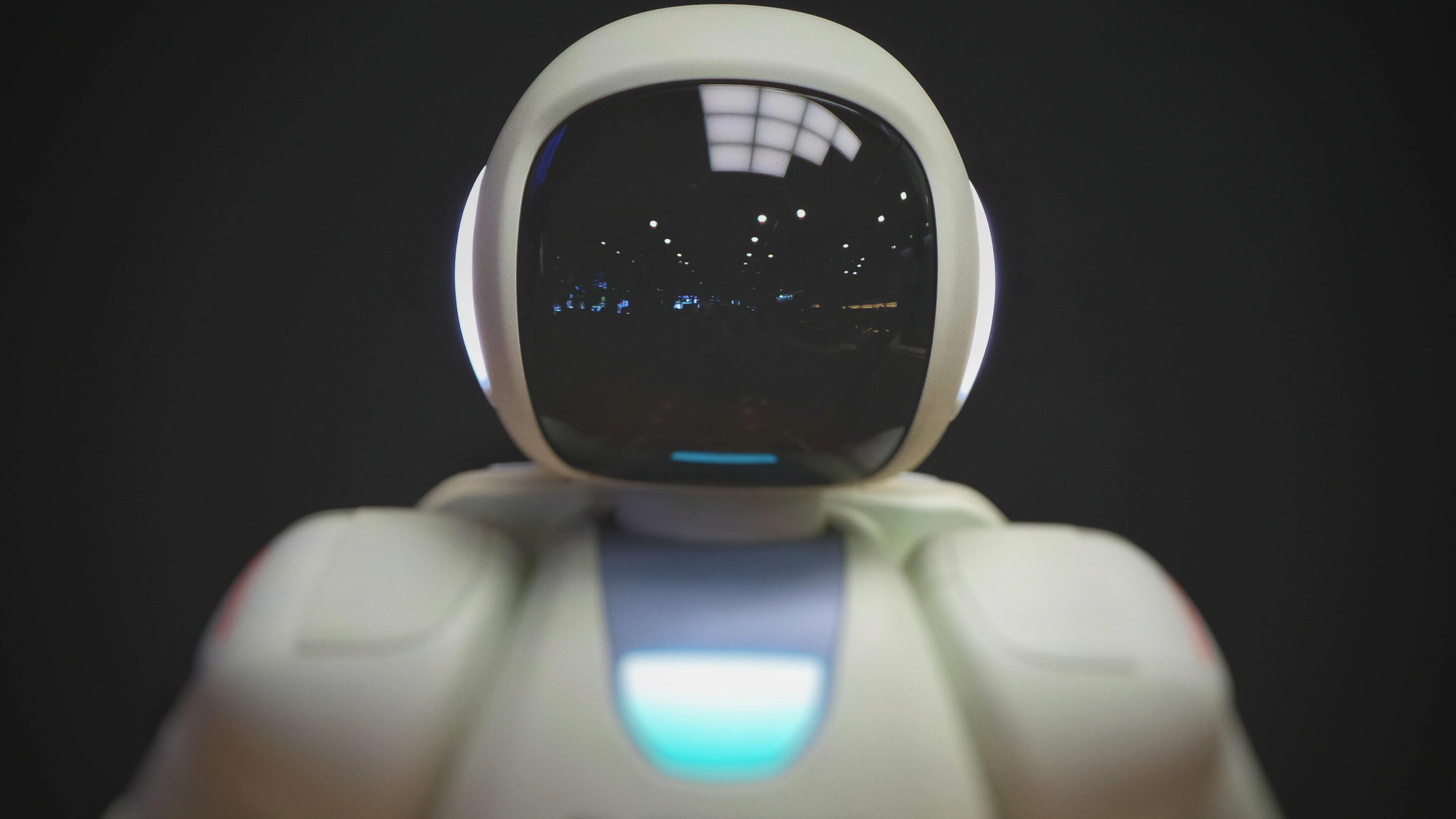
The robots are coming
As someone deeply involved in innovation and design, I can’t help but marvel at the rapid advancements in robotics and automation. Companies like Boston Dynamics and Tesla are at the forefront of this revolution, and their work has implications that stretch far beyond the tech industry.
The robots are coming, and they are poised to change society in ways we can’t yet fully comprehend.
The pioneers: Boston Dynamics and Tesla
Boston Dynamics has been a trailblazer in the field of robotics, with creations like Spot and Atlas that can navigate complex terrains and even dance! These robots are not just novelties; they have practical applications ranging from search and rescue to industrial inspection.
Tesla, on the other hand, is making progress on its Optimus Bot, designed to handle tasks that are dangerous or mundane for humans. While still in an early stage, the Optimus Bot represents a future where robots can be our partners in various aspects of life. What is a self driving car but a robot on four wheels?
The future of ai and robots
In many ways, robots can be seen as the physical extension of advancements in Artificial Intelligence and Large Language Models (LLMs) into the real world. Companies like Apple, Microsoft, and OpenAI, which have been pioneers in software and AI, are naturally positioned to venture into robotics.
For these tech giants, robots represent a logical next step in the evolution of computing—moving from virtual assistants and predictive algorithms to tangible entities that can interact with and manipulate the physical world.
This progression not only amplifies the capabilities of these companies but also adds a new dimension to how we interact with technology, making it more integrated and ubiquitous in our daily lives.
The economics of automation
As technology advances, the cost of robots and automation will inevitably decrease. This democratization of technology will allow small businesses and even individuals to benefit from automation.
Imagine a future where a local craftsman could employ a robot to handle repetitive tasks, freeing up time to focus on creative and complex projects.
Job displacement vs. job creation
One of the most pressing concerns is job displacement. Robots are already replacing humans in fields like manufacturing, logistics, and even customer service. However, it’s crucial to remember that every technological revolution has led to the creation of new jobs that we couldn’t have previously imagined.
“I visualize a time when we will be to robots what dogs are to humans, and I’m rooting for the machines.”
Claude Shannon
The key is to focus on upskilling and reskilling to adapt to the changing job landscape. The big question is how fast will things change and how fast will society adapt.
A better society?
The potential for robots to improve society is immense. They can take over dangerous jobs, assist the elderly, and even help in environmental conservation efforts.
However, the ethical implications are equally significant. Issues like data privacy, security, and the potential for misuse cannot be ignored.
The role of design and innovation
Design thinking and innovation will play a critical role in shaping this robotic future. It’s not just about creating robots that can perform tasks but designing systems that integrate seamlessly with human life.
Ethical design will be paramount, ensuring that robots serve to augment human capabilities rather than replace them and making sure the robots fit with how humans work and not the other way around.
“The real problem is not whether machines think but whether men do.”
B.F. Skinner
The robots are coming, and they bring both challenges and opportunities. I believe we have the tools to shape this future positively. The key lies in thoughtful design, ethical considerations, and a focus on augmenting human capabilities.
The future is not set in stone; it’s a canvas, and we hold the brushes.
Let’s paint a picture that serves us all.


